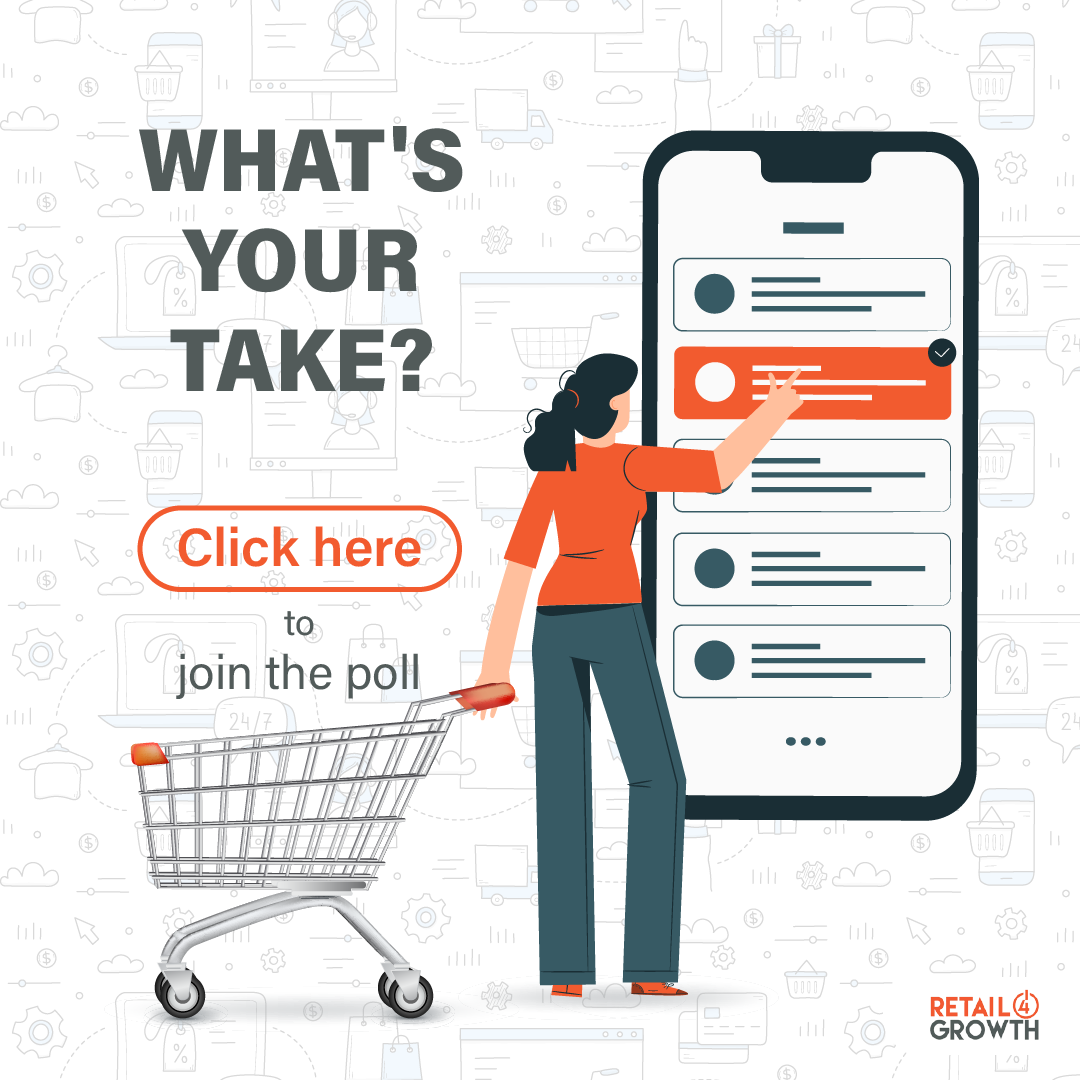Give them freebies, keep them for life
By Fairy Dharawat | August 06, 2013
Bharat Vermani, Business Director, Saatchi & Saatchi X, talks about how brands can leverage the power of freebies to win shoppers, but only with a smart strategy that looks into product categorization and packaging, communication to the consumer and the role of the retailer.
 Everybody loves freebies. I didn't realize how much happiness freebies bring to the minds of the shopper until recently when I observed how it influenced purchase and what effect it had on the after-sales.
Everybody loves freebies. I didn't realize how much happiness freebies bring to the minds of the shopper until recently when I observed how it influenced purchase and what effect it had on the after-sales.A typical Indian shopping scenario: An old lady shopping at one of the popular wholesale markets with her son, daughter-in-law and grand children, on a Sunday noon. The overall trip was exhausting for her and post the billing, came her turn to get the bill checked for freebies. And, yes indeed, with that pile of products purchased, she had lots of freebies to collect. The overall assortment of freebies also was quite exciting -- ranging from a bucket to mixer-grinder, from luggage trolley to a month's quota of detergent. She had it all. The joy was evident and suddenly the post-billing fatigue from having stood in the queue for almost half an hour seemed to have disappeared entirely. She forgot that she had spent over 10,000 bucks (I incidentally happened to see the figures displayed on the billing screen in the trip from start to finish, but remembered what she had as freebies).
In the path of our shopping journey, the freebies turn out to be the high points of sorts. Shoppers get both inspired and tempted by the freebies and tend to buy more. Freebies are perfect for the desired disruption in the shopping cycle. I have observed that a majority of shoppers, in the process of buying, have considered shifting brand loyalties in certain categories, simply by looking at the freebies. These categories have typically been known as low-involvement ones. Even otherwise, I strongly believe that for a typical Indian shopper, freebies turn out to be the biggest hook, addressing the shopper mindset and satisfying the emotional quotient. When a well-known biscuit brand ran a promo on its digestive biscuits, offering air-tight snack containers, I remember watching so many shoppers around me pick not one, not two, but six packets of the product! And why, you'd ask… Well simply because the six snack containers, that came free, would make a complete snack set!
The immense power of freebies can be seen across gender, across age groups. The child in the house, for example, doesn't want to shift from a particular chocolate/snacks brand, not purely because s/he loves the product, but also because of the free toy that comes with it. The woman of the house assesses the preferred brands of tea available, but picks the one with the free coffee mug. On the other hand, the man of the house nonchalantly picks up his preferred brand of shaving cream and is pleasantly surprised to get a battery free with it. This also leads me to another insight - it isn't necessary that the brand sold and the freebie brand belong to complementary categories. It, therefore, may be a good opportunity for both the brands to look beyond their category complements and choose interestingly relevant product categories to ride with.
Another corollary of this is that freebies often tend to help create first amongst equals. This means if all the three preferred tea brands are known to the shopper in equal respects, occupying similar shelf-space and brand presence in the category, the shopper would pick the one with the advantage of the freebie.
There's another interesting aspect to consider. The notional value of the freebie can really enhance the overall product purchase and consumption experience and re-emphasise the brand promise. The free bucket that complements most of the high-performing and popular detergent brands is an apt example of this.
Moving on to the other channels of retail, the shopper leaves no stone unturned to get that freebie. In general trade, since as shoppers we Indians, prefer a more personalized service, getting a freebie from the retailers gives the shopper an opportunity to show his relationship with the retailer. In some cases, freebies define the popularity of the shopper as well, as shoppers tend to frequent the retailer and recommend him to their acquaintances, a typical example being the local vegetable vendor who gives those extra green chilies to the frequent shoppers. Also, this freebie, in this channel of trade, sometimes defines the efficiency of the skill of negotiation of the shopper.
Freebies have also evolved over a period in time. Adapting to the new digital route, the shopper doesn't hesitate today to punch in the message to avail of the freebie which shows that he or she is becoming more demanding. S/he now looks at instant gratification. With digital technologies evolving every day the shopper is more informed.
Even as we go online, a freebie attached to a product could lead him to check more products online. Various studies have shown that people prefer shopping online as they provide better offers and a lot of freebies are attached.
We all know freebies work. But as rigorous and seasoned marketers we tend to start looking at this basic shopper-marketing tool too dispassionately. Looking at it from the perspective of the lady and her family as a typical case in point, I, as a shopper marketing professional, have come to respect the power of freebies a lot more today. The freebies could work as a game changer not only for the brand bought but also the freebie brand and the POS outlet as well. The bigger challenge, however, I believe, lies in 'knowing' what kind of brands (or product categories) can be packaged together, what kind of freebies will appeal to the set of consumers who visit the outlet and how should the communication reach them. To make freebies even more effective as a marketing tool, one also needs to understand and pay importance to the role of the retailer. Many a times, if a retailer doesn't display the offer appropriately, the overall promotion stands to fail.
Everybody loves freebies… And yes… most of the times, because a) It's FREE! And b) It is relevant to one's needs at the time.
Advertisement
Related Viewpoints
Advertisement


_165_265.jpg)
_165_265.jpg)





Comments